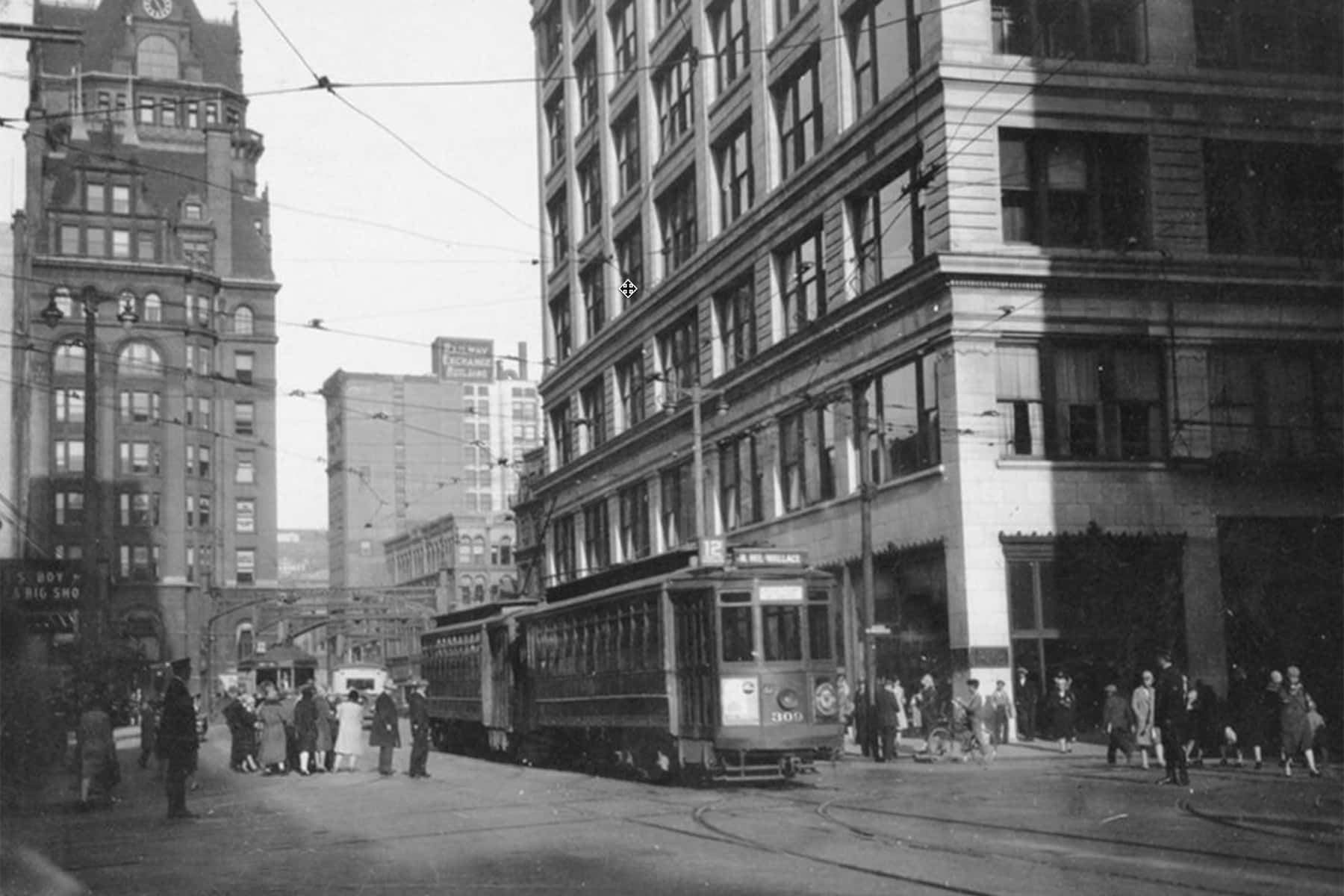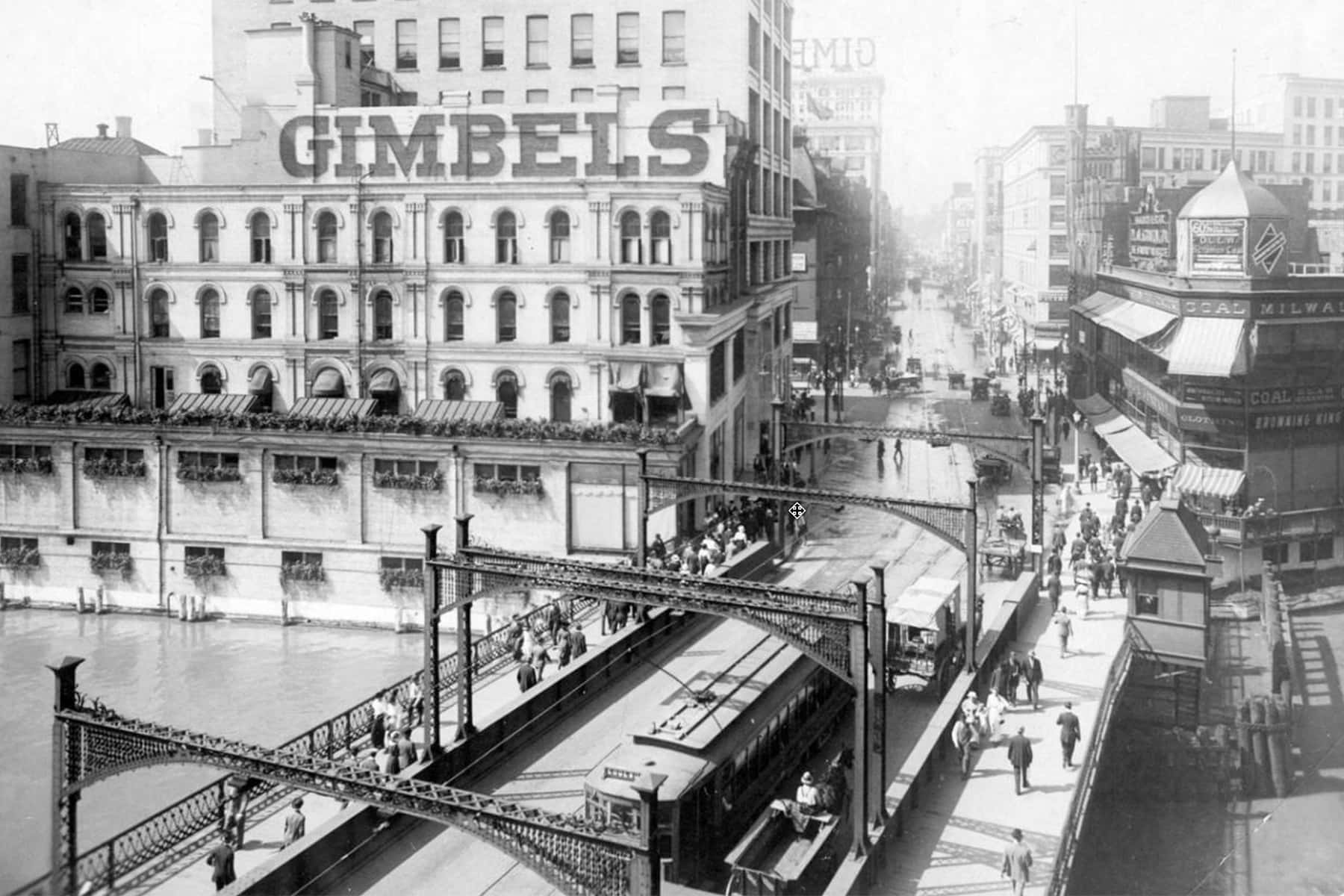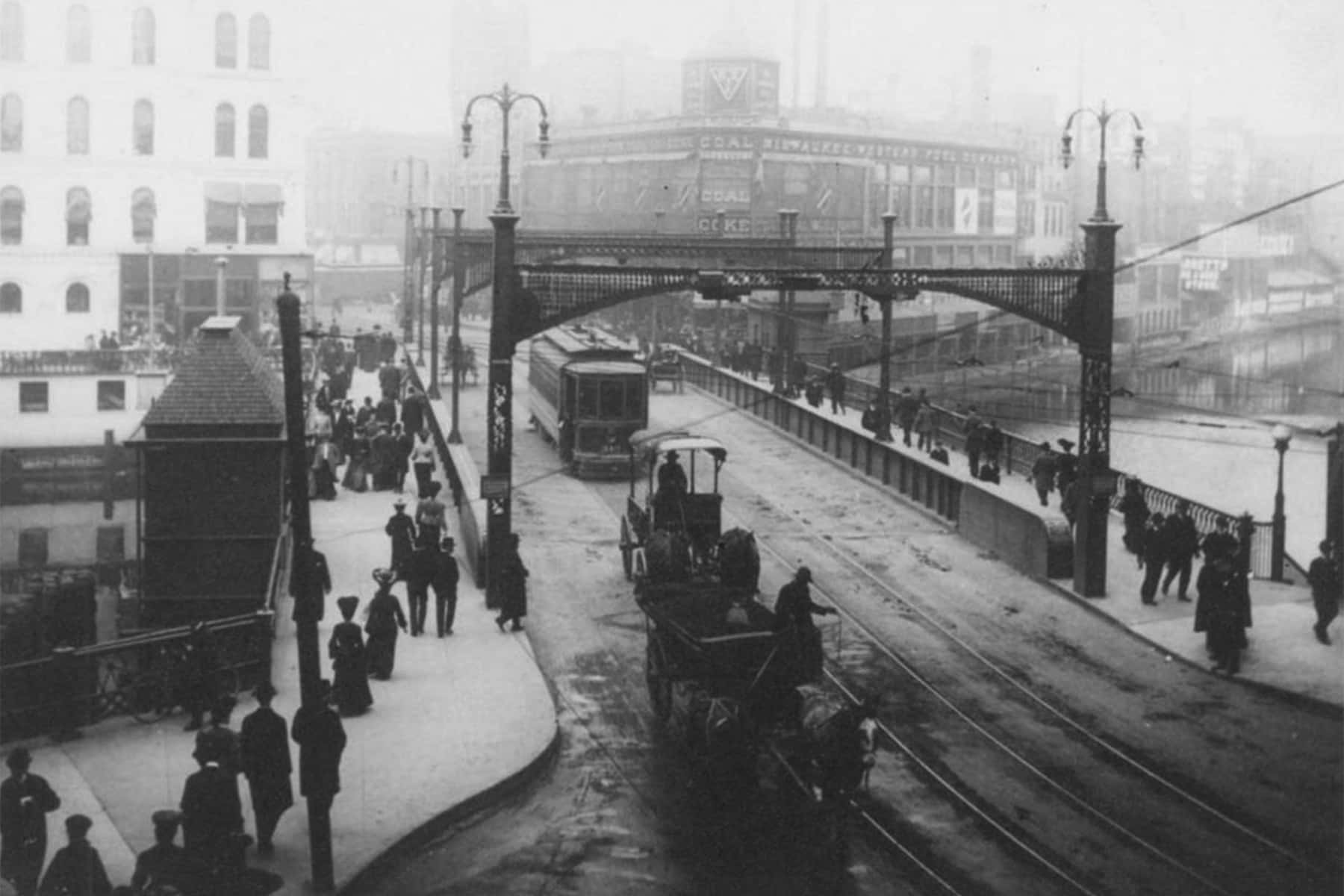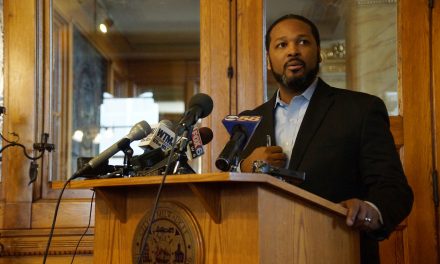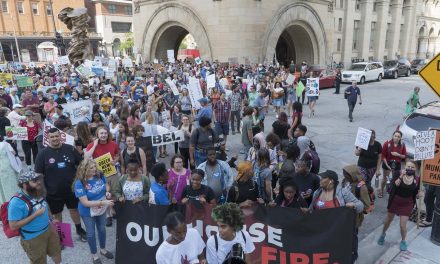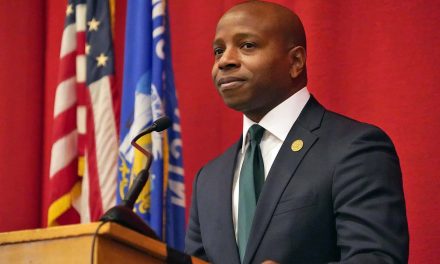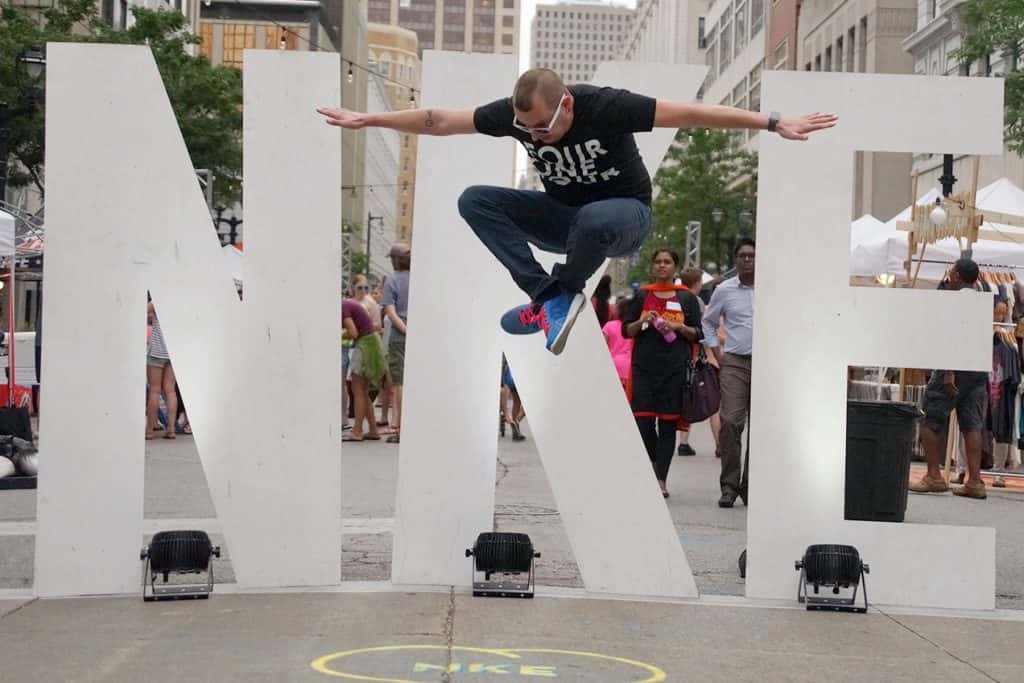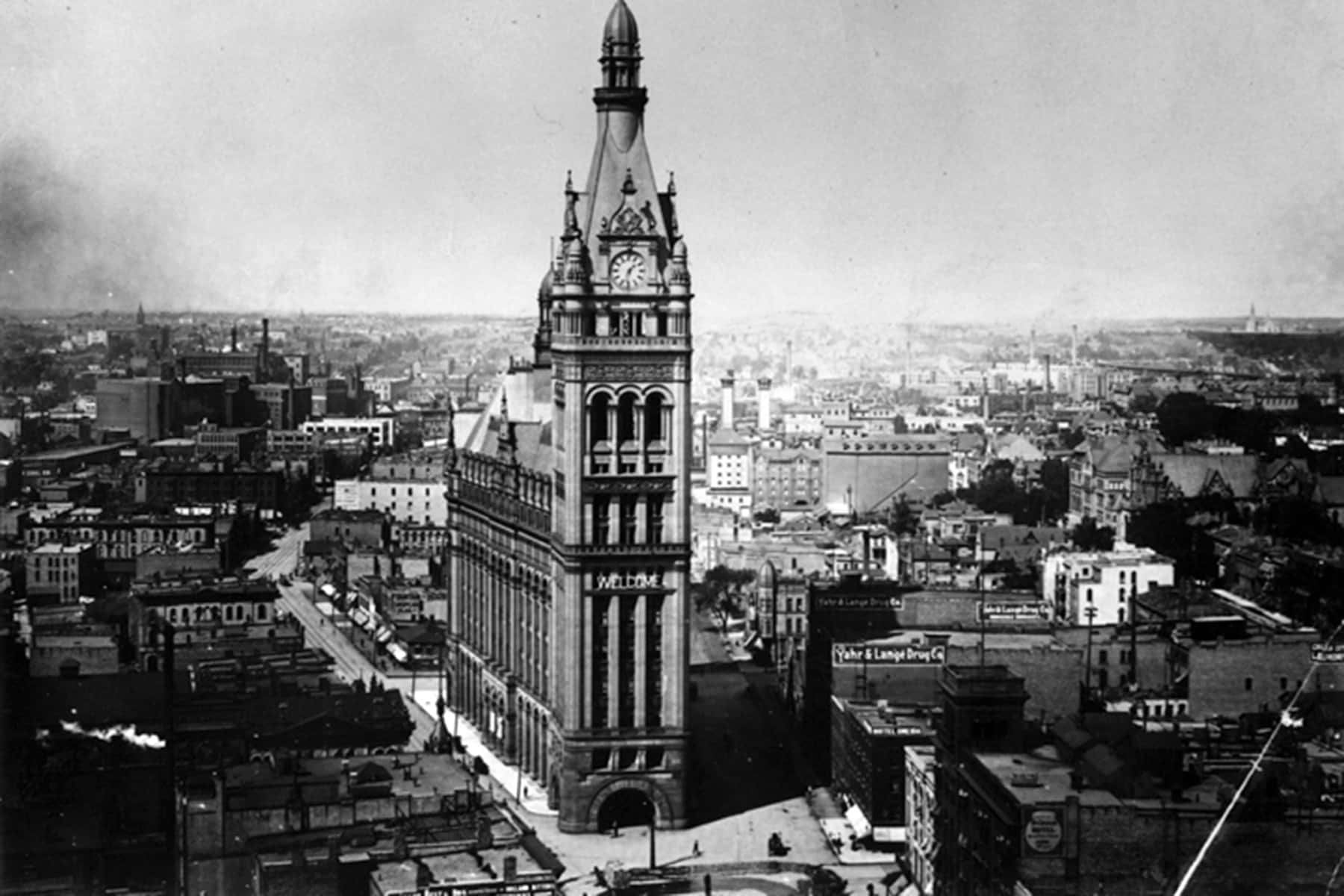
Historian John Gurda will present a program on “Milwaukee in the New Millennium” at the Milwaukee County Historical Society on December 8, coinciding with the public release of the fourth edition of his celebrated book The Making of Milwaukee.
The Making of Milwaukee remains one of the most popular books about the city, written by local author and historian John Gurda. Initially published in 1999, it has earned a place as the standard history of the community it chronicles.
The book, with more than 30,000 copies already in print, has been refreshed as a fourth edition for a new generation of readers. This new edition will include thoroughly updated text, and a new chapter that carries Milwaukee’s story into the early decades of the tumultuous twenty-first century.
“When it came time to update The Making of Milwaukee, it became clear that more was needed for this edition and that translated into an entirely new chapter,” said Gurda. “The fourth edition brings the reader through to the present day with the new chapter, number 10, entitled Into a New Millennium, 2000 – and even includes recent additions such as the new Northwestern Mutual tower and the Fiserv Forum.
The Making of Milwaukee tells the story of a Midwest metropolis that has been, at various times, the largest shipper of wheat on earth, America’s most “foreign” city, the nation’s beer capital, “The Machine Shop of the World,” and the epicenter of municipal Socialism. The book’s cast of characters runs the gamut from the colorful to the criminal.
“This book tells the story of our community and is a resource for many. From students, to locals, to new residents of Milwaukee, people seek out this book so they can understand our city. The fourth edition continues a legacy of telling a complete and interesting story of Milwaukee,” said Mame McCully, Executive Director of the Milwaukee County Historical Society which has publishes The Making of Milwaukee.
Readers will encounter the mayor who justified prostitution by declaring that “men will be men.” The striking workers killed by the state militia as they marched for the eight-hour day. The Jewish community leader who wrote The Settlement Cookbook. The Italian priest who led the local crusade for civil rights. The railroad promoter who bribed an entire state legislature. The Bridge War of 1845 and the “civil disturbance” of 1967. Allis-Chalmers and Pabst Blue Ribbon. School Choice and pension scandals. Craft breweries and smart factories. Summerfest and Irish Fest. Golda Meir. Carl Sandburg. Kareem Abdul-Jabbar.
“The building does not announce itself. The front gate is locked, no signs identify the occupant, and a spear-tipped security fence surrounds the entire property. Despite its anonymity, the structure stands out among the Victorian-era homes of the surrounding Concordia neighborhood. At first glance, in fact, it seems more suited to a suburban office park than the corner of Thirty-Second and Highland. Two stories tall, with a red brick facade and 50,000 square feed of floor space, the Data Holdings Data Center resembles countless other commercial buildings erected in the early twenty-first century.” – John Gurda, Chapter 10
Telling all those stories and a great many more, “The Making of Milwaukee” captures the essence of a human-scale metropolis, a community whose past has produced one of the most livable big cities in America and, at the same time, created some daunting social and economic problems.
© Photo
Milwaukee County Historical Society

